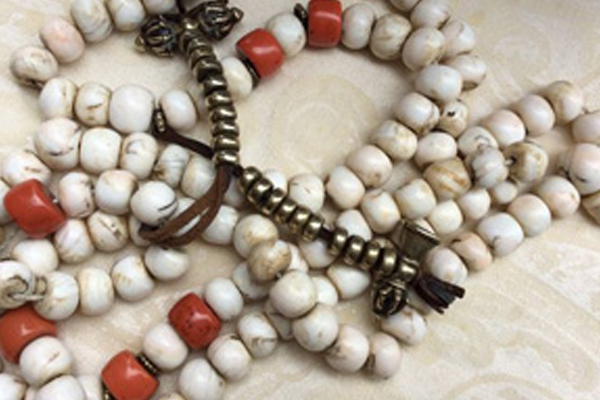
About Coral Mala Product
Buddhist prayer beads or malas (Sanskrit: mala "garland" are a traditional tool used to count the number of times a mantra is recited, breaths while meditating, counting prostrations, or the repetitions of a Buddha's name. They are similar to other forms of prayer beads used in various world religions and therefore the term "Buddhist rosary" also appears. Conventional Buddhist tradition counts the beads at 108, signifying the mortal desires of mankind. The number is attributed to the Mokugenji Sutra wherein Shakyamuni Buddha instructed King Virudhaka to make such beads and recite the Three Jewels of Buddhism. In later years, various Buddhist sects would either retain the number of beads, or divide them into consecutive twos, fours, for brevity or informality. A decorative tassel is sometimes attached to the beads, flanked by talismans or amulets depending on one's local tradition. Because prayer beads are often painted in pigment, various traditional schools attribute a consecration ritual by the Sangha to the beads, to "open the eyes" for the purpose of achieving Enlightenment unique to the Karma of each believer.











